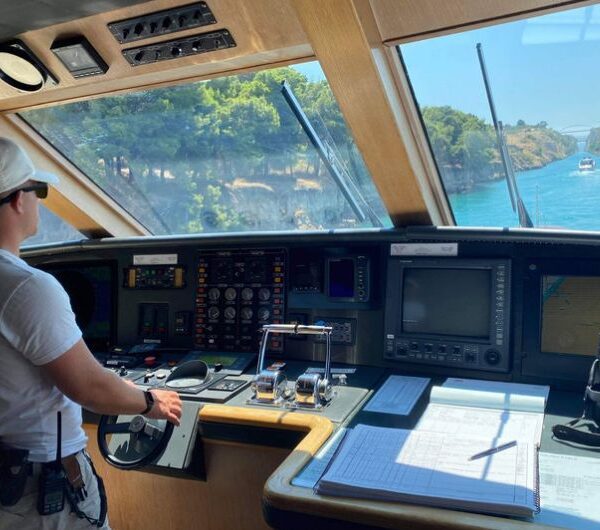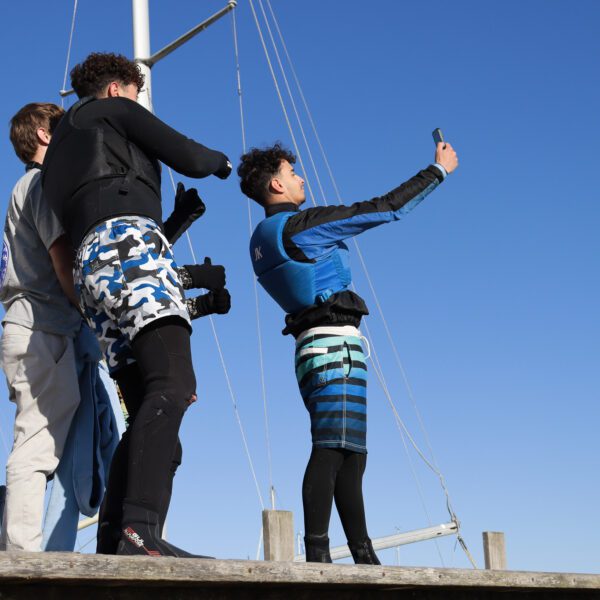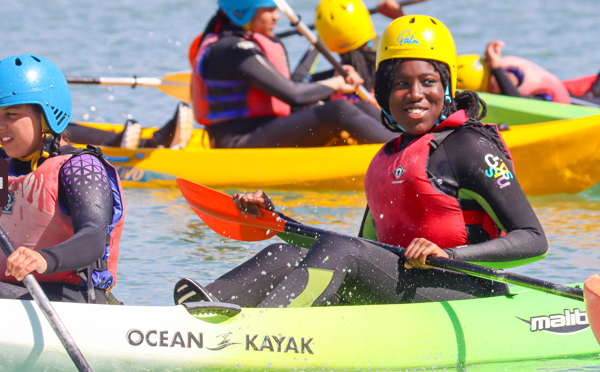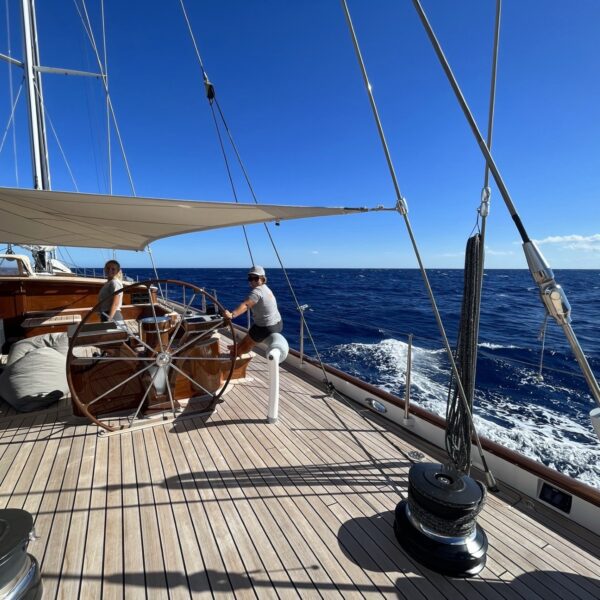Kayaking for Beginners Guide
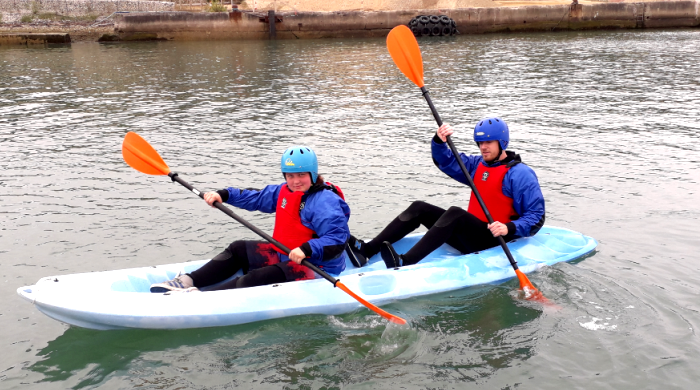
Beginners learning to Kayak at UKSA
Are you prepared to go off on an exhilarating on water adventure? You’re in for a treat if you’re brand-new to kayaking. Kayaking is a thrilling water activity that gives you the chance to explore beautiful waterways, connect with nature, and work out your entire body all at once. We’ll go into the fundamentals of kayaking for beginners in this thorough guide, covering everything from what kayaking is to how to get started and where to find the best kayak classes. So, grab a paddle and let’s start our kayaking adventure!
What is Kayaking?
What is kayaking exactly? Kayaking is a water activity that entails paddling a narrow boat with two paddlers in it forward using a double-bladed paddle. Kayaking is performed while seated and using a double-bladed paddle, as opposed to its near relative, canoeing, which is performed while kneeling and using a single-bladed paddle.
Kayaks come in a variety of sizes and shapes, each with a distinct use. The recreational kayak is the most popular kind of kayak for beginners. These kayaks are perfect for calm waterways like lakes, slow rivers, and coastal locations because they are steady, manoeuvrable, and safe.
The Types of Kayaking
Understanding the various kayaking styles is crucial before getting in your kayak because they are suited to people of all interests and abilities:
Recreational kayaking: For beginners, recreational kayaking is the ideal place to start. Kayaks for leisurely paddling on calm waters are stable and built to be used in this way.
Touring Kayaking: Touring kayaks are an excellent option if you want to go on longer expeditions and explore larger bodies of water. For longer distances, they provide higher speed and efficiency.
Whitewater kayaking: For thrill-seekers, this activity is all about negotiating raging rivers with difficult rapids. Advanced knowledge and specialised tools are needed for this.
Sea kayaking: The main goal of sea kayaking is to explore the open ocean and coastal regions. These kayaks are built to be stable and effective in rough seas.
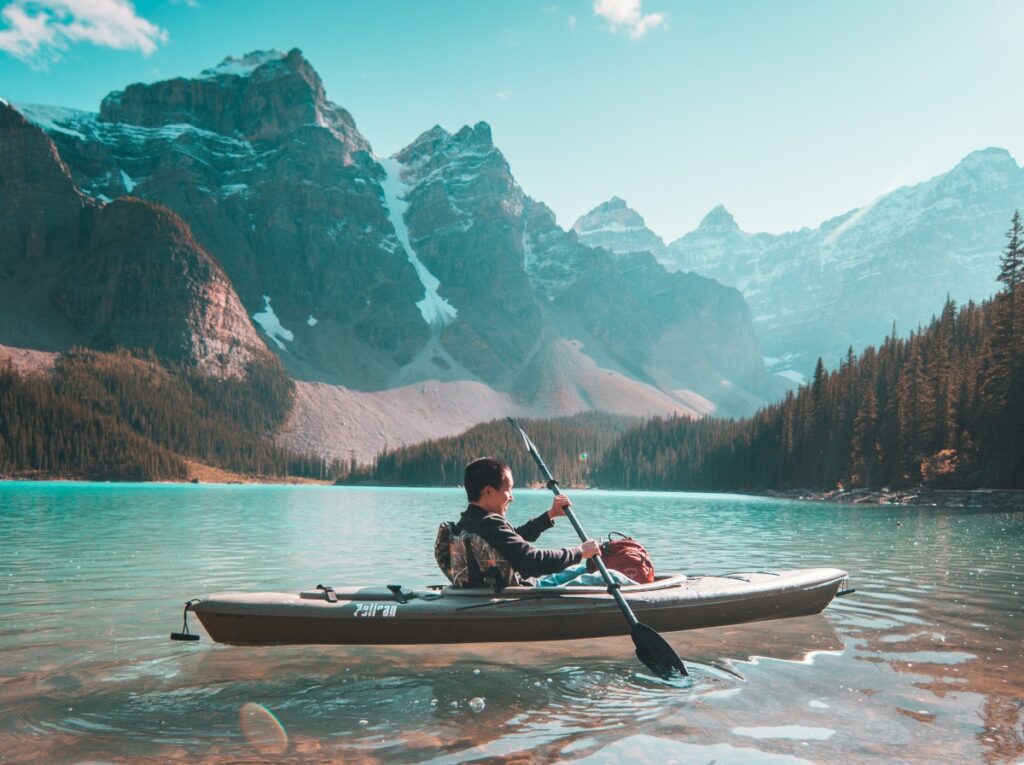
Kayaking in the wilderness
How to Kayak
Step 1: Choose the Right Kayak
It’s important to pick the correct kayak, especially for novices. Recreational kayaks are an excellent place to start, as previously said. Think about your body size, weight, and the sort of water you expect to paddle on when choosing a kayak. Find a kayak that fits your needs and is comfortable by trying out a few different models.
Step 2: Get the Essential Gear
Make sure you have the proper equipment before entering the water:
Paddle: A quality double-bladed paddle that fits your height and paddling style is a wise investment in a paddle.
Personal Flotation Devices (PFD): Put your safety first. When kayaking, always use a PFD that is correctly fitted.
Spray Skirt: A spray skirt for sit-in kayaks aids in keeping water out of the cockpit.
Helmet: A helmet is essential for your safety if you intend to try whitewater kayaking.
Dry Bag: Use a waterproof dry bag to store goods like your phone, keys, and snacks to keep your basics dry.
Clothing: Wear quick-drying, moisture-wicking apparel appropriate for the weather. For sun protection, don’t forget to wear a hat and sunscreen.
Wetsuit: If you are planning on kayaking in rough conditions or cold water, consider wearing a wetsuit.
Step 3: Learn Basic Paddling Techniques
It’s essential to know how to utilise your paddle properly. Here are some fundamental paddling methods for newcomers:
Grip the Paddle: Hold the paddle firmly with both hands, making sure your elbows are slightly bent and your knuckles are in line with the blades.
Forward Stroke: Twist your torso and lower the paddle blade into the water while reaching forward with one hand. Keep the paddle close to the kayak’s hull as you propel it through the water.
Reverse Stroke: Use the same motion as the forward stroke while pushing the water away from the kayak to reverse or slow down.
Sweep Stroke: Using the sweep stroke, you may turn your kayak. Swing the paddle in an arc away from the kayak’s hull by extending your arm to the side. You can turn in the opposite way by doing this.
Step 4: Practice Proper Kayak Entry and Exit
It’s crucial to understand proper kayak entry and exit techniques. This is how you do it:
Approach your kayak in shallow water to get in. Place your legs inside the cockpit and sit on the edge. Maintaining your equilibrium while lowering your body onto the seat. Slide your feet into the footrests after taking a seat.
To exit, paddle to shallow water and perform the opposite of entry. Slide your body out first, then your feet.
Step 5: Learn Kayak Safety
When kayaking, safety should always come first. Learn about these safety recommendations:
Stay Hydrated: Bring lots of water with you to stay hydrated while you paddle.
Weather Awareness: Before leaving, check the weather, and pay attention to changes while on the water.
Float Plan: Tell someone about your paddling plans, including the time and route of your anticipated return.
Avoid Overexertion: Take it easy, particularly on your first few expeditions. It might be physically taxing to paddle.
Step 6: Master Basic Manoeuvres
Practise fundamental strokes as your confidence grows to improve your kayaking abilities:
Edging: To increase stability and control, tilt your kayak just a little to one side.
Bracing: To prevent capsizing, learn how to use your paddle for balance and support.
Self-Rescue: Get comfortable with how to right your kayak and get back in it in case you capsize.
Step 7: Explore Calm Waters
Start your kayaking adventure on flat, quiet water, such as a lake or a river that is moving slowly. This enables you to develop your abilities and self-assurance prior to handling settings that are more difficult.
Step 8: Join a Kayaking Group or Take Lessons
Taking lessons from qualified teachers or joining a local kayaking group are two of the finest ways to learn the sport and have fun doing it. These programmes help you develop your talents while also introducing you to a community of like-minded kayakers.
The Best Kayak Lessons with UKSA
The UKSA (United Kingdom Sailing Academy) is an excellent choice if you’re in the UK and searching for top-notch kayak instruction to get your kayaking career off to a great start. The UKSA provides a selection of kayaking classes for all ability levels, including beginners.
Why Choose UKSA for Kayak Lessons?
Experienced teachers: UKSA’s teachers have years of teaching kayaking under their belts. They offer professional advice to make sure you pick up the right skills right away.
Safety First: At UKSA, safety is put first. You will receive in-depth safety training and be given the tools you need to secure your safety on the water.
Modern Kayaks and Equipment: UKSA has state-of-the-art facilities that will make your learning experience comfortable and enjoyable.
Variety of Courses: UKSA offers a selection of courses to meet your needs, whether you’re a total novice or looking to enhance your skills. They can provide you with everything from basic instruction to more sophisticated instruction.
Latest posts
